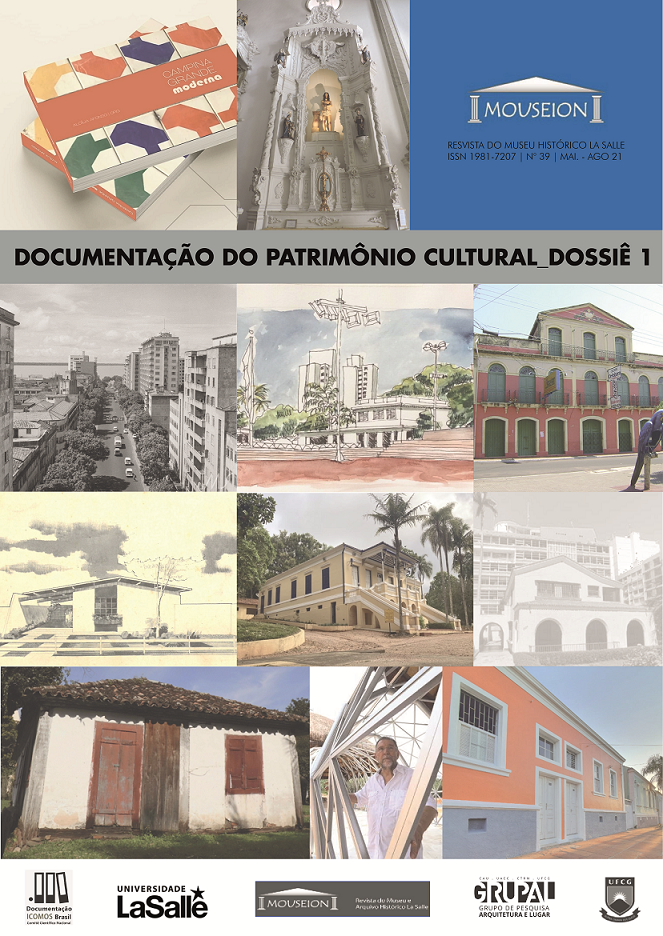Cartographies and “countercartographies” in heritage documentage. Regarding Belém between 1940 and 1960
DOI:
https://doi.org/10.18316/mouseion.v0i39.9078Keywords:
Heritage, Cartography, Modernization, Belém-PAAbstract
This article aims to discuss the existing relations between the architectural heritage and cartographic documentation in two areas from the city of Belém. In this sense, the 40’s to 60’s decades from the twentieth century were elected as the time frame, due to the relevance of these Years for the conformation of its metropolitan image as a modern capital city, as well as the President Vargas Avenue and Guamá neighborhood, as spatial frames. Documentary research and qualitative analysis represented by existing cartographies and elaborated one’s were used as methodological procedures. It was found that the transformations represented in cartography during the period adopted were based on the progressive discourse of modernity through modernization. Furthermore, the documents produced celebrated episodic events in the face of the entire reality of the city. Finally, the silence and eloquence of the maps were credited with reading the city and what should or should not constitute its architectural heritage by official bodies.Downloads
Published
2021-11-04
Issue
Section
Dossiê
License
Authors must submit their manuscripts to be published in this journal agree with the following terms:
Authors maintain the copy rights and concede to the journal the right of first publication, with the paper simultaneously licensed under the License Creative Commons attribution that permits the sharing of the paper with recognition of authorship and initial publication in this journal.
Since the articles are presented in this journal of public access, they are of free use, with their own attributions for educational and non-commercial purposes.


